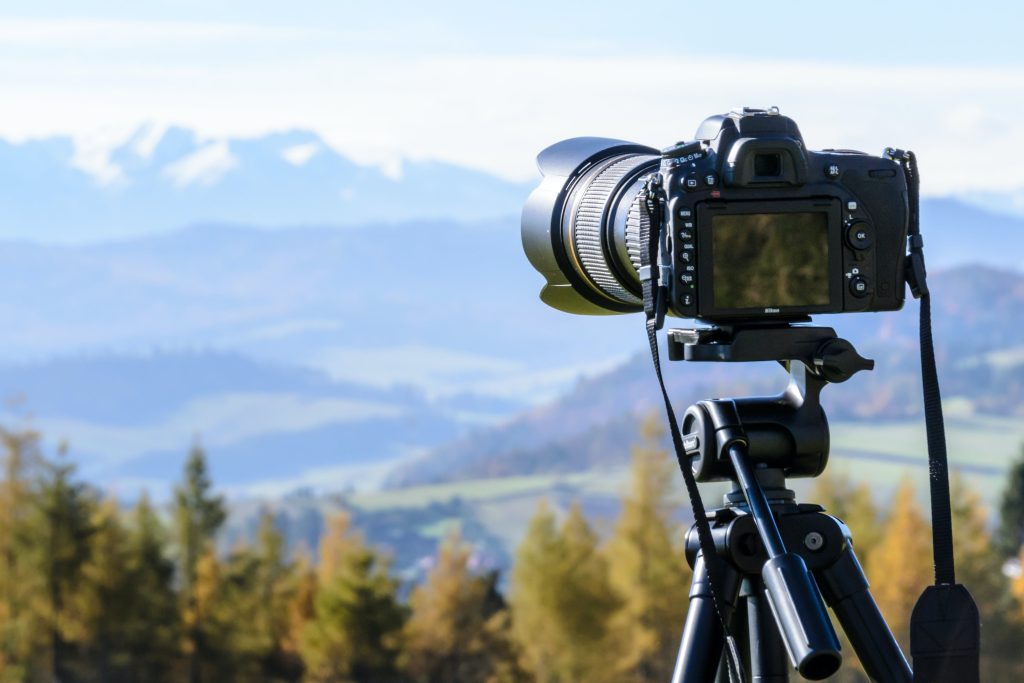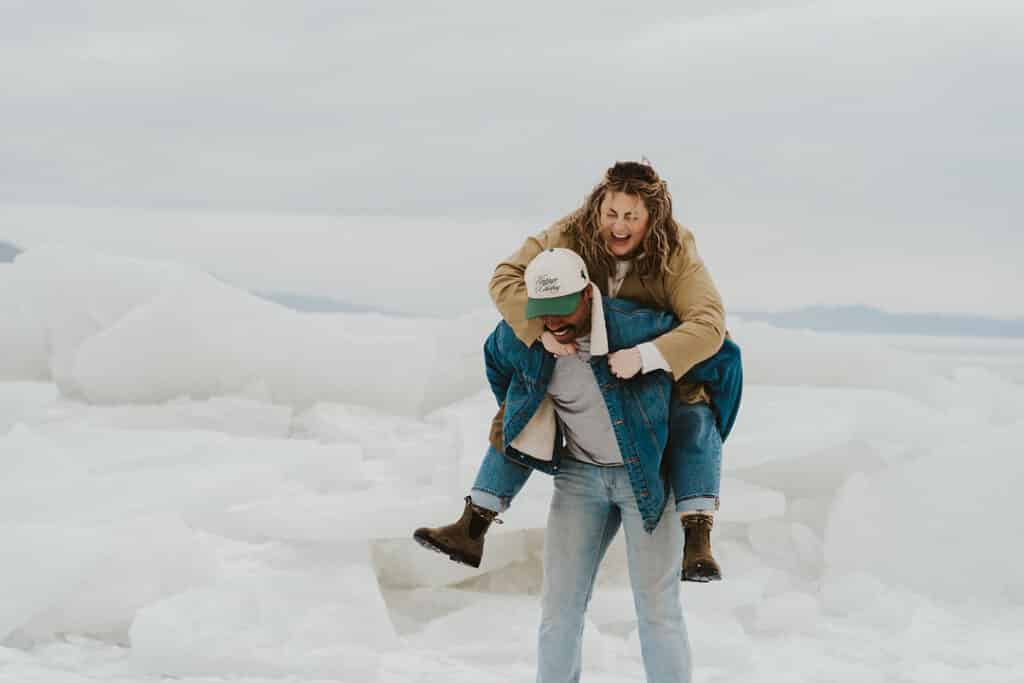
Let’s talk about a decision that keeps many photographers spinning – Canon R5 or Canon R6? I’ve spent a few hours with both cameras, and I’m here to break down everything you need to know before investing in either of these cameras.
Quick Overview: The Main Differences
Before we dive into the details between the R5 vs R6, here’s what sets these cameras apart at a glance:
Canon R5:
- 45 megapixel full-frame sensor
- 8K video recording
- Higher resolution EVF (5.76 million dots)
- Dual card slots (1 CFexpress, 1 SD UHS-II)
- Higher price point ($3,899 body only)
Canon R6:
- 20.1 megapixel full-frame sensor
- 4K60p video recording (no 8K)
- Lower resolution EVF (3.69 million dots)
- Dual SD card slots (both UHS-II)
- More affordable ($2,499 body only)

Now, let’s break down each aspect in detail to help you decide which camera deserves a place in your bag.
Sensor Resolution & Image Quality
Canon R5: The R5’s 45MP sensor is truly exceptional, producing incredibly detailed files that give you tremendous flexibility for cropping and large-format printing. If you’re shooting landscapes, commercial work, or anything that demands ultimate detail, the R5 delivers in spades.
Canon R6: With 20.1MP, the R6 offers plenty of resolution for most professional needs. What’s interesting is that the lower resolution actually gives it slightly better low-light performance and less noise at higher ISOs. For wedding photographers, photojournalists, and event shooters, the R6’s sensor hits a sweet spot of resolution and performance.
Real-world opinion: I’ve found the R6 files more pleasant to work with for high-volume shoots. The smaller file sizes mean faster culling, editing, and backup workflows. Unless you’re regularly printing billboard-sized images, the R6’s resolution rarely feels limiting.
Autofocus Performance
This might surprise you – both cameras share essentially the same autofocus system, and it’s phenomenal. Both feature:
- Dual Pixel CMOS AF II
- 1,053 AF areas covering 100% of the frame
- Eye/face/head detection for humans
- Animal detection (dogs, cats, birds)
- Phenomenal tracking capabilities
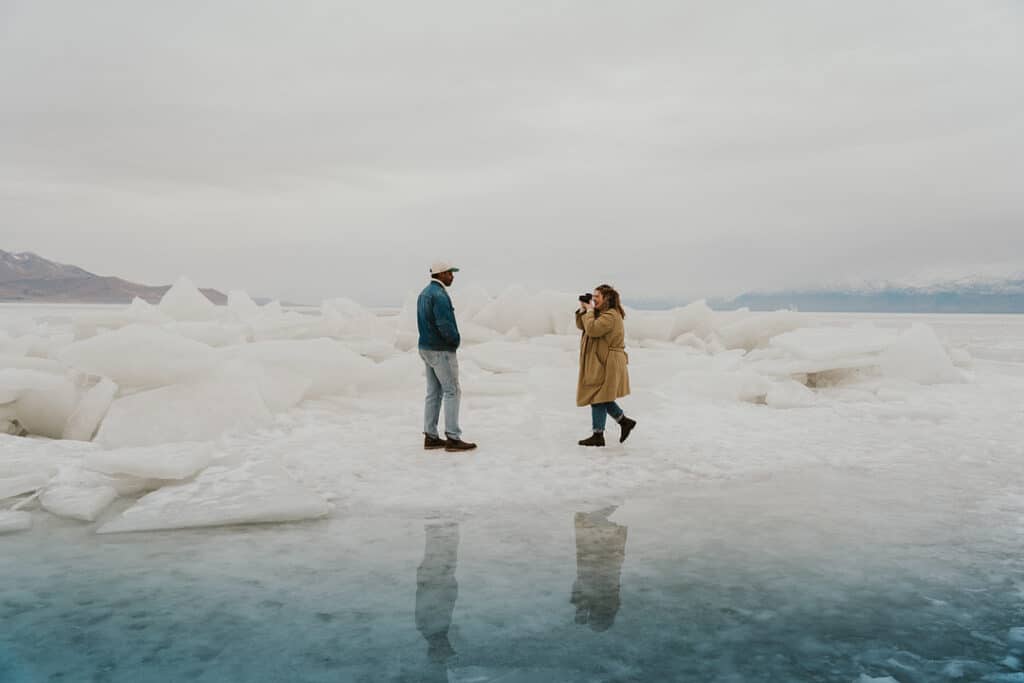
Whether shooting sports, wildlife, or portrait sessions, both cameras deliver consistent, accurate focus. In my experience, the hit rate for critical focus is nearly identical between them.
Video Capabilities
Here’s where the gap between the R5 vs R6 widens significantly:
Canon R5:
- 8K30p RAW video recording
- 4K120p slow motion
- 4K HQ mode (oversampled from 8K)
- Canon Log and HDR PQ
- Up to 60 minutes of 8K recording (with firmware updates)
Canon R6:
- 4K60p video (oversampled from 5.1K)
- Full HD 120p slow motion
- Canon Log and HDR PQ
- Longer recording times without overheating concerns
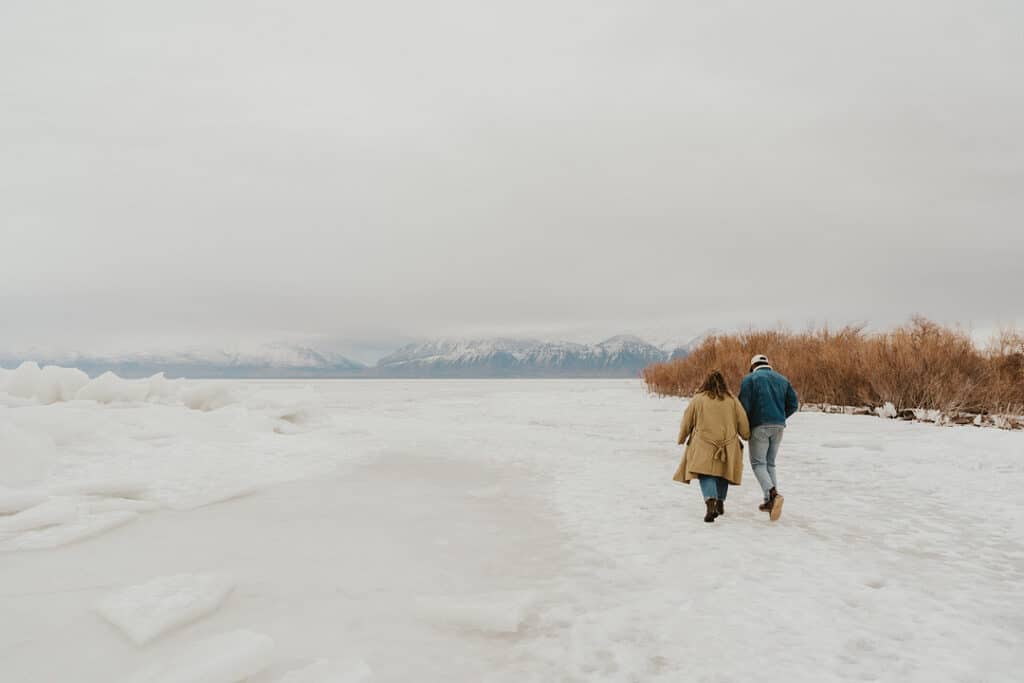
The reality check: While the R5’s 8K video specifications are impressive, consider whether your workflow and computer can handle 8K footage and if your delivery platforms support it. Most content today is still consumed at 1080p or 4K resolution. For many videographers, the R6’s 4K capabilities provide everything needed at a more manageable file size.
Ergonomics & Handling
Both cameras share the same basic body design, button layout, and menu system. They’re nearly identical in size and weight, with the R5 being slightly heavier due to its more robust weather sealing and internal heat management system.
The grip on both is comfortable for all-day shooting, and the control layout will feel familiar to Canon users. The R5 does have a top LCD panel, which the R6 lacks – a small but potentially significant difference depending on your shooting style.

Practical note: After extensive use of both, I’ve found the extra heft of the R5 actually provides a bit more stability with larger RF lenses, while the R6 feels slightly more nimble for run-and-gun situations.
Battery Life
Both cameras use the same LP-E6NH battery, with the R6 getting slightly better performance due to its lower-resolution EVF and sensor. In real-world use:
- R5: ~320 shots (EVF), ~490 shots (LCD)
- R6: ~380 shots (EVF), ~510 shots (LCD)
Neither camera will win battery life competitions against DSLRs, but both have improved significantly with firmware updates. I always recommend carrying at least one spare battery regardless of which model you choose.
Storage Options
Canon R5: One CFexpress Type B slot + One SD UHS-II slot Canon R6: Two SD UHS-II slots
The CFexpress card in the R5 is essentially required if you plan to shoot 8K video or take advantage of the deep buffer for high-speed continuous shooting. These cards are significantly more expensive than SD cards.
Build a Beautiful Business.
Practical consideration: The dual SD card setup of the R6 can actually be more convenient for many photographers. Memory cards are more affordable, and you likely already have compatible cards if you’re upgrading from another camera.
Weather Sealing
Both cameras feature professional-grade weather sealing, but the R5 takes things a step further with sealing comparable to the 5D Mark IV. The R6’s weather sealing is more in line with the 6D Mark II – still excellent, but not quite as robust.
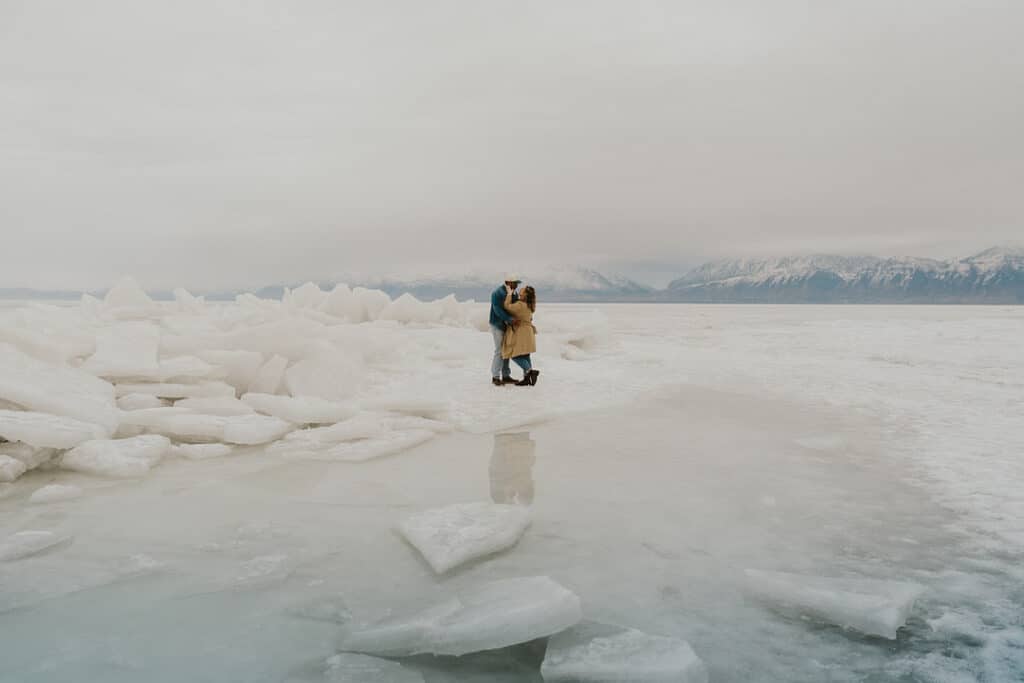
In my experience using both in challenging conditions (light rain, dusty environments), neither has shown any issues. Unless you regularly shoot in extreme weather, both will serve you well.
Electronic Viewfinder
Canon R5: 5.76 million dot OLED EVF Canon R6: 3.69 million dot OLED EVF
While this seems like a major difference on paper, in practice, both EVFs are excellent. The R5’s viewfinder is noticeably sharper and more detailed, which can be helpful when manual focusing or checking critical details in-viewfinder. However, the R6’s EVF is still outstanding and comparable to high-end mirrorless cameras from other manufacturers.
Continuous Shooting
Both cameras offer impressive continuous shooting capabilities:
Canon R5:
- 12 fps mechanical shutter
- 20 fps electronic shutter
- Larger buffer with CFexpress card
Canon R6:
- 12 fps mechanical shutter
- 20 fps electronic shutter
- Smaller buffer due to SD card speed limitations
For most action scenarios, both cameras perform identically until you hit the buffer limits. The R5 with a CFexpress card can sustain longer bursts before slowing down.
IBIS (In-Body Image Stabilization)
Both cameras feature Canon’s 5-axis IBIS system, rated for up to 8 stops of stabilization (depending on the lens). This is a game-changer for handheld shooting in low light and video work. In my testing, the performance is virtually identical between the two bodies.
Price Consideration
Here’s where things get real:
Canon R5: $3,899 (body only) Canon R6: $2,499 (body only)

That’s a $1,400 difference you could put toward lenses, accessories, or simply keep in your pocket. When building out a complete system, that price gap becomes even more significant.
Who Should Choose the R5?
- Commercial photographers who need maximum resolution for large prints or heavy cropping
- Landscape photographers seeking ultimate detail
- Videographers who need 8K capability or high-quality 4K120p slow motion
- Professionals with clients demanding the absolute highest specifications
- Photographers upgrading from high-resolution bodies like the 5DS/R
Who Should Choose the R6?
- Wedding photographers who benefit from better low-light performance and smaller file sizes
- Sports and wildlife photographers who get essentially the same AF system and frame rate at a lower price
- Content creators focusing primarily on 4K video
- Enthusiasts looking for professional features without breaking the bank
- Photographers upgrading from the 6D series or 5D Mark IV who don’t need more resolution
Real-World Perspective
After extensive time with both cameras, here’s my honest take: the R6 represents the better value for about 80% of photographers. Unless you specifically need the higher resolution or 8K video, the R6 delivers nearly identical performance in a more streamlined package at a significantly lower price point.
That said, if you regularly print large or crop heavily, the R5’s additional resolution can be transformative. Looking at 45MP files on a high-resolution monitor reveals detail you simply don’t get from the R6’s 20MP sensor.
The Lens Factor
One often overlooked aspect of this decision is how it affects your lens choices. The R5’s high resolution will reveal any weaknesses in your glass. You’ll get the most from it when paired with Canon’s premium L-series RF lenses, which adds significantly to the overall system cost.

The R6, meanwhile, is less demanding on lenses while still delivering excellent results with Canon’s mid-tier RF lenses and even adapted EF glass.
The Overall Opinion
Both the Canon R5 and R6 are extraordinary cameras that have helped cement Canon’s position in the mirrorless market. They share more similarities than differences, with the same excellent autofocus system, IBIS, basic handling, and overall performance.
Your decision ultimately comes down to:
- Your resolution needs
- Your video requirements
- Your budget
For most photographers, the R6 offers the better value proposition while delivering professional-grade results. The R5 exists for those with specific high-resolution needs or 8K video requirements who are willing to pay a premium for those capabilities.

Ultimately, after renting both, I went with the R6 because I do volume work, and it suited my needs perfectly.
Whichever you choose, both cameras represent the best of Canon’s mirrorless technology and will serve as reliable creative tools for years to come.
Remember, the best camera is the one that helps you create the images you envision without getting in your way – and both the R5 and R6 excel at exactly that.
Get clients. Get paid. Get happy.
**Please note that the photos in this blog are not taken with the Canon R5 or R6.
Gorgeous shots by the talented Mette Blackburn Photo

